Mariano defends House call for overflow shelter site
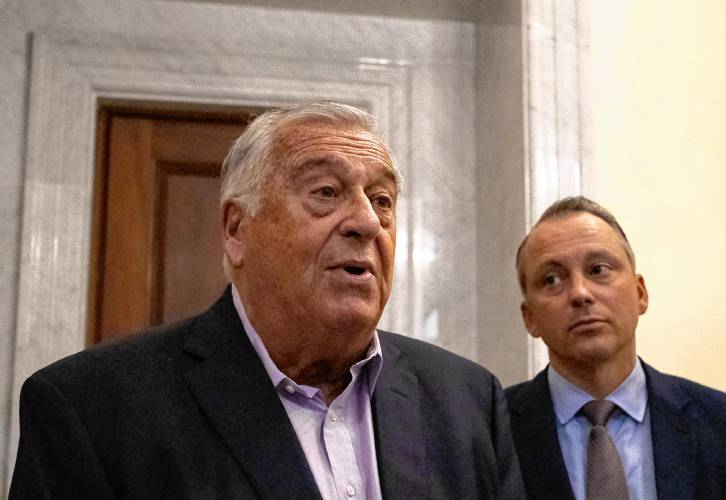
House Speaker Ron Mariano and Ways and Means Chair Aaron Michlewitz answer reporters’ questions after caucusing privately with fellow Democrats on Oct. 17. STATE HOUSE NEWS SERVICE
| Published: 11-08-2023 4:14 PM |
After weeks of maintaining distance from Gov. Maura Healey’s handling of the state’s emergency shelter capacity crisis, the House is likely to approve a legislative directive that Healey establish a shelter overflow site — and the move is revealing tensions among House Democrats.
In addition to the $250 million shelter system infusion that the governor requested almost two months ago, the House baked into the supplemental budget expected to pass Wednesday afternoon a requirement that the Healey administration create an “overflow” option that would support families for whom space is not immediately available through the state’s strained emergency assistance program.
Until the House made its proposal public Tuesday, lawmakers had been letting Healey handle the snowballing shelter crisis. The governor first signaled plans in mid-October to limit shelter capacity at 7,500 families, warning that the system could not accommodate such an unprecedented increase in demand fueled in part by newly arriving migrants.
House Speaker Ron Mariano said after a caucus Wednesday that the House’s plan to require the administration to set up an overflow site stems from the fact that “we’ve yet to hear what’s gonna happen when we hit the quota” and there are 7,500 families in the shelter system.
“Where are these people gonna go? Where do they show up? Where do they spend the night when they come in here on a Friday night at seven o’clock? Are they gonna go, just go directly to the common and bed down for the night? They’re gonna show up in the emergency room? They’re going to show up in the police station or the airport?” the Quincy Democrat speculated.
He added, “These are questions that we’ve been asking. And this is an attempt to make sure that we have a site that we can count on for these folks who are over the limit, who are going to be vetted and checked, and we want them to have a temporary place where they get treated and taken care of.”
But once the number of families seeking emergency assistance shelter hits Healey’s limit of 7,500, the state will begin shifting applicants to a waitlist. A triage system will assess where families land on the list, with four levels of priority laid out in Executive Office of Housing and Livable Communities guidance.
House Ways and Means Chair Rep. Aaron Michlewitz told State House News Service on Tuesday, “I think the House has had some real concerns related to what is going to happen to those families that don’t qualify for the risk assessment piece that the administration has put into their guidelines.”
Article continues after...
Yesterday's Most Read Articles
 Greenfield homicide victim to be memorialized in Pittsfield
Greenfield homicide victim to be memorialized in Pittsfield
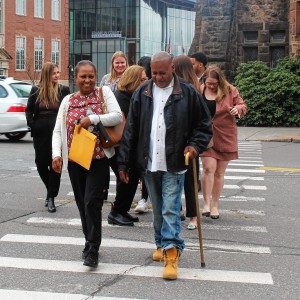 Former Greenfield man granted new trial after 1995 murder conviction, walks free
Former Greenfield man granted new trial after 1995 murder conviction, walks free
 On The Ridge with Joe Judd: What time should you turkey hunt?
On The Ridge with Joe Judd: What time should you turkey hunt?
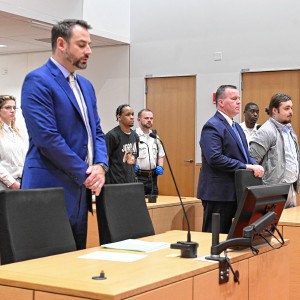 Judge sets bail for Millers Falls assault suspects
Judge sets bail for Millers Falls assault suspects
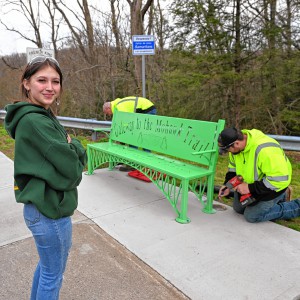 Franklin Tech student welds artistic bench for French King Bridge
Franklin Tech student welds artistic bench for French King Bridge
 As I See It: Between Israel and Palestine: Which side should we be on, and why?
As I See It: Between Israel and Palestine: Which side should we be on, and why?
With more families arriving, the Healey administration announced Tuesday that it will be partnering with the United Way of Massachusetts Bay to support “overnight safety-net shelter” for families and pregnant individuals with no other shelter options. The program will provide $5 million to community organizations, faith-based groups and volunteer organizations to set up short-term, overnight shelter sites.
Mariano said Wednesday that places like the Hynes Convention Center in Boston’s Back Bay could serve as potential overflow sites. He said the House put a 30-day timeline on its directive because “we don’t have time to waste,” adding that he expected the Healey administration’s 7,500-family cap to be hit Wednesday.
“Let’s get going, let’s identify, let’s find out what we need to staff and make these places habitable, and get on with it,” he said.
When she was asked about it Wednesday morning, the governor not only did not embrace the House’s overflow site proposal but suggested that it might not even survive to reach her desk.
“Yesterday, the House filed something. That’s in the legislative process now. A lot will happen, presumably over the next week, with the involvement of the Senate and more conversations there. And I continue to stand ready to work in partnership with the Legislature, with service providers, with the Biden administration to do all we can to address the situation,” Healey said.
Asked if she thinks there needs to be a “statewide” overflow site, the governor said, “I’ve called for an overflow site. It’s why I’ve called for the Biden administration to help us locate and find and support and staff congregate overflow sites.”
The governor was similarly non-committal when asked if the 30 days (from the time the supplemental budget is signed) that her administration would have to set up an overflow site under the House language would be an achievable timeline.
“Everything right now is in a process of working-through — both the legislation and also real-time what’s happening on the ground. So, announced yesterday, there’s this money going out through United Way working in community partnership, working to create additional capacity,” she said. “We’re still calling on the federal administration for support with overflow, with funding, with staffing. And my calls for that will continue.”
Legislators want federal assistance, too, but the new House plan represents an effort for the state to step up in the absence of federal aid.
State House News Service reporters Sam Drysdale and Chris Lisinski contributed to this article.

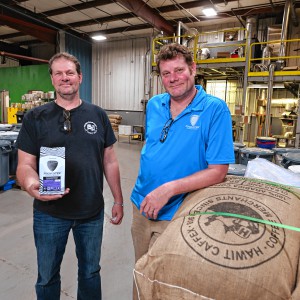 Fogbuster Coffee Works, formerly Pierce Brothers, celebrating 30 years in business
Fogbuster Coffee Works, formerly Pierce Brothers, celebrating 30 years in business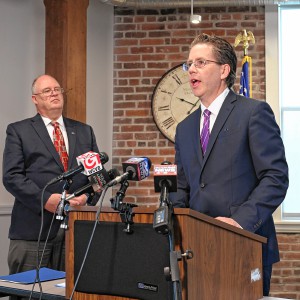 1989 homicide victim found in Warwick ID’d through genetic testing
1989 homicide victim found in Warwick ID’d through genetic testing Doors open at Tilton Library’s temporary home at South Deerfield Congregational Church
Doors open at Tilton Library’s temporary home at South Deerfield Congregational Church DA to announce breakthrough in 1989 unsolved homicide in Warwick
DA to announce breakthrough in 1989 unsolved homicide in Warwick
